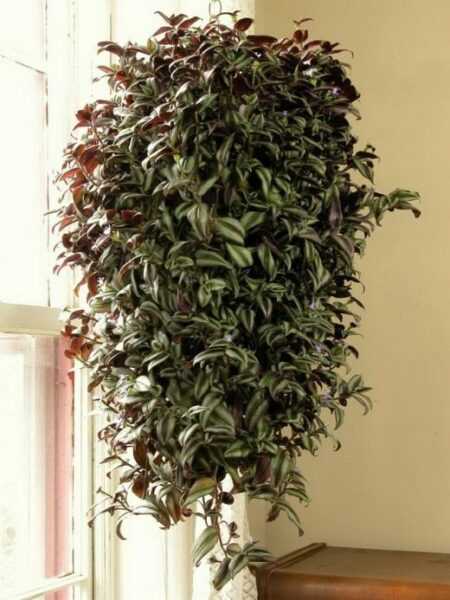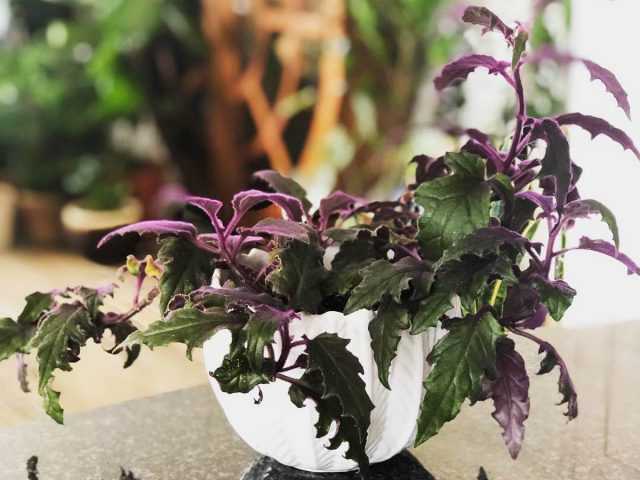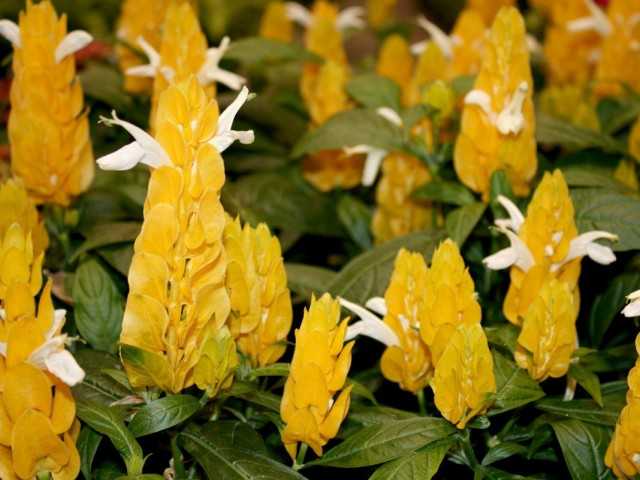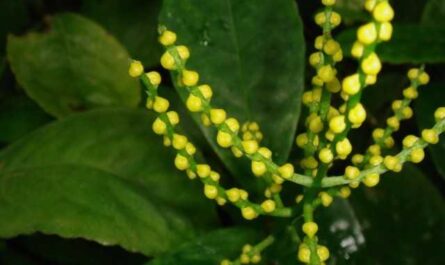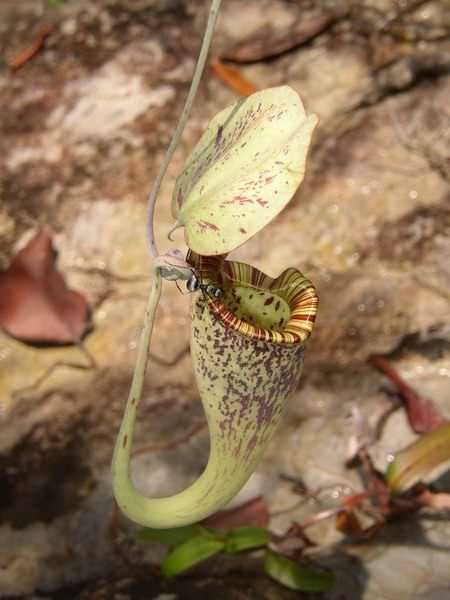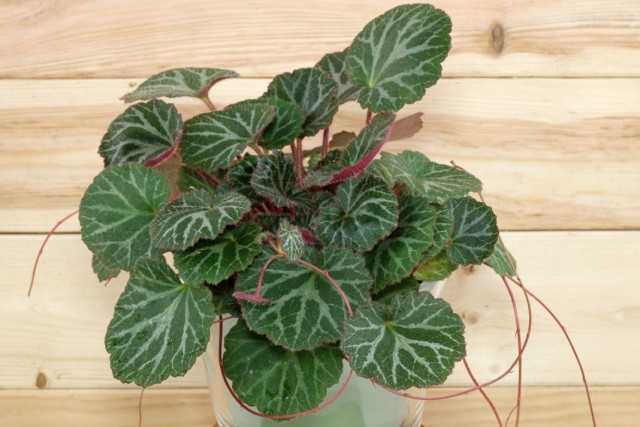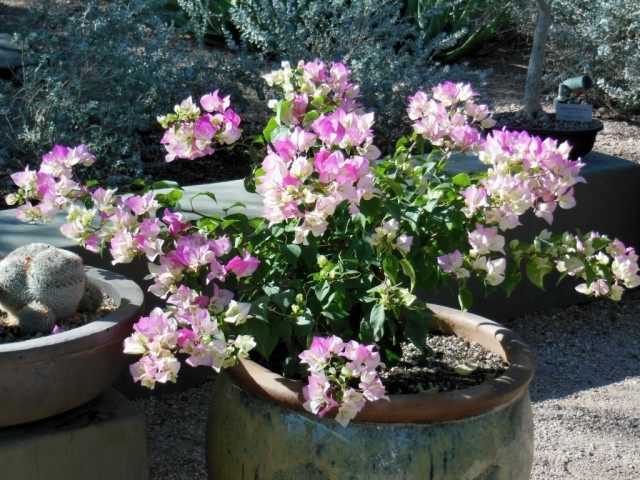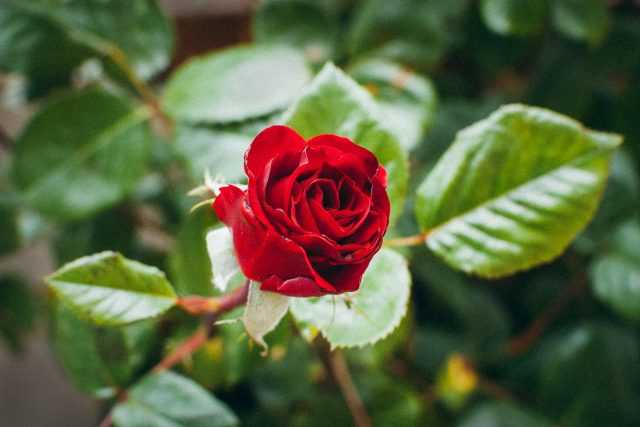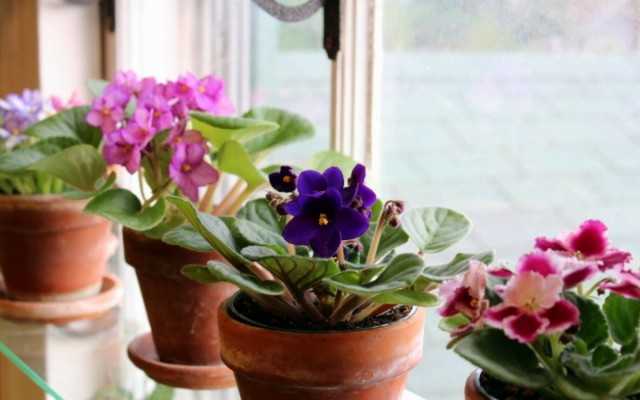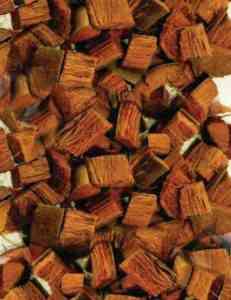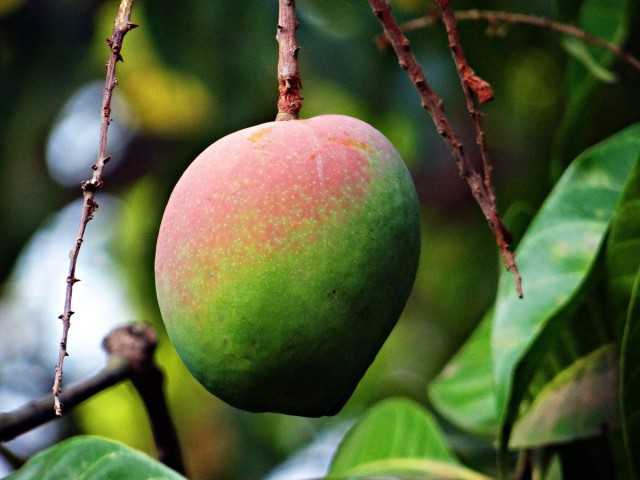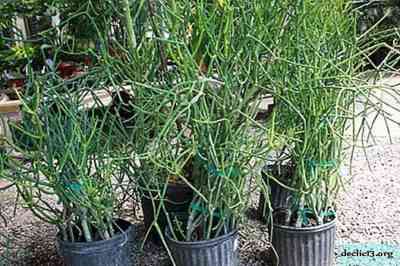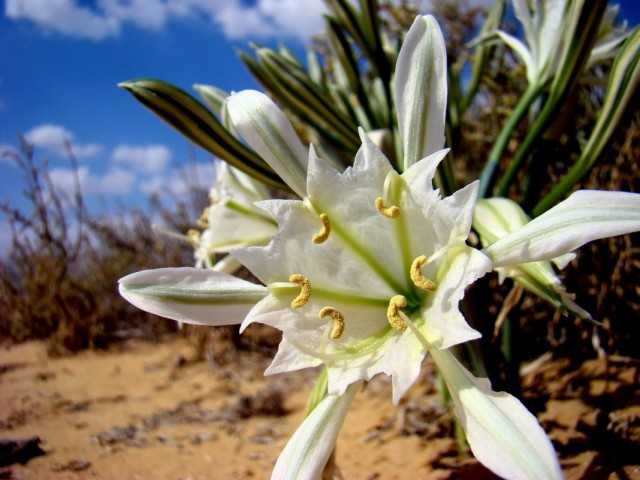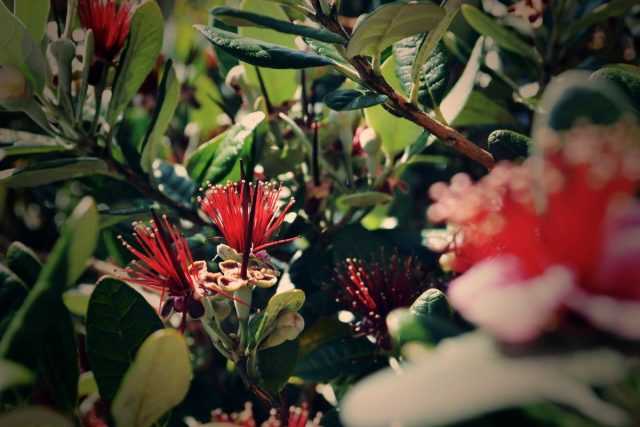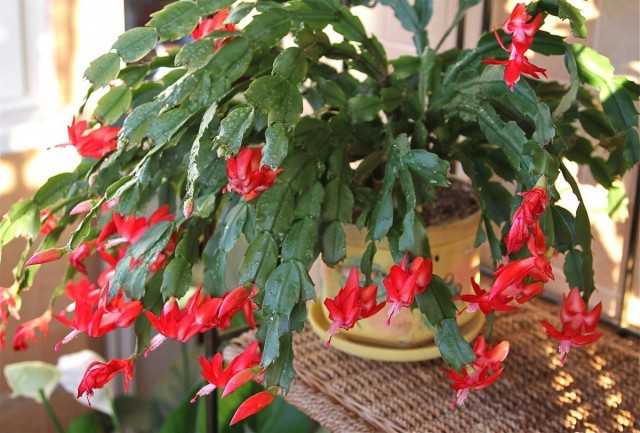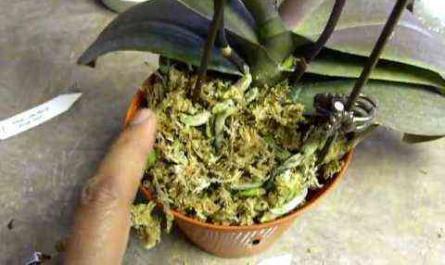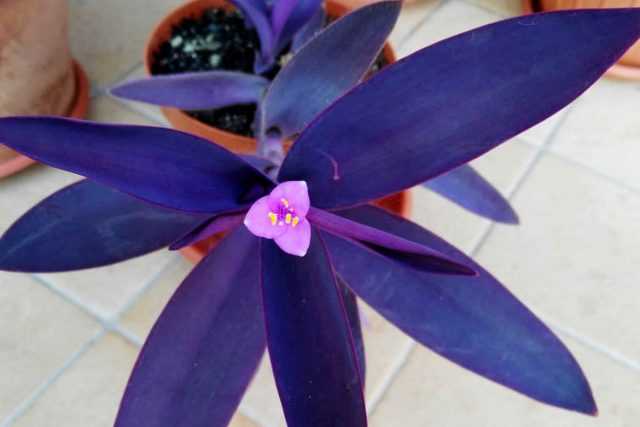Zhiryanka (Pinguicle) Is a genus of perennial insectivorous plants of the Pemphigus family. The name of the plant comes from the Latin ‘pinguis’ – “fat”, “fat”, because of the fleshy, oily shiny succulent leaves; it indicates that the surface of the leaves is covered with thousands of tiny glands that secrete a slimy secretion. Popular names: blue zhiryanka, oily grass.
Butter grass. Farmer Burea-Uinsurance.com Quentin
Botanical description of Zhiryanka
Unlike other genera of the Pemphigus family, the Chiryanka have real roots.
The leaves form a rosette. The upper side of the leaf is covered with numerous glands: some of them secrete sugary mucus, which is a trap for small insects; other glands generate enzymes that aid in the digestion of food. The movements of the caught insects lead to a slow curling of the leaf, and the mucus dissolves the proteins of the victim’s body. It is estimated that 1 cm of a leaf contains about 25 glands. Each piece of leaf is capable of functioning only once. When most of the glands are used, the leaf dies off. A new leaf appears every five days. In one season, the plant is able to catch several hundred insects.
Flowers are solitary, on long peduncles. Possible color: purple, blue, pink, rarely white.
The fruit is a capsule.

Taxonomy
The genus Zhiryanka consists of about 35 species.
They live in the extratropical regions of the Northern Hemisphere, as well as in South America.
In Russia there are 6-7 species. The most common of them is Common Zhiryanka (Pinguicula vulgaris).
Common Zhiryanka (Pinguicula vulgaris)
Description:
Perennial herbaceous plants with a very short rhizome.
The leaves are almost sessile, collected in a basal rosette, oblong-elliptical, narrowed towards the base, 2-4 cm long and 0,6-2 cm wide, with a glandular-sticky light green upper surface.
The flowers are located on one or several, at first densely covered with fine hairs, peduncles 5-17 cm tall, drooping. Calyx covered with sparse short glandular hairs, consists of ovoid or oblong-elliptical bluntly pointed lobes. Corolla blue-violet, 15-20 mm long with spur, pharynx covered with rather long whitish hairs. The spur is subulate, almost two times shorter than the rest of the corolla.
The fruit is an oval-spherical capsule. Seeds 0,7 × 0,1 cm, light brown.
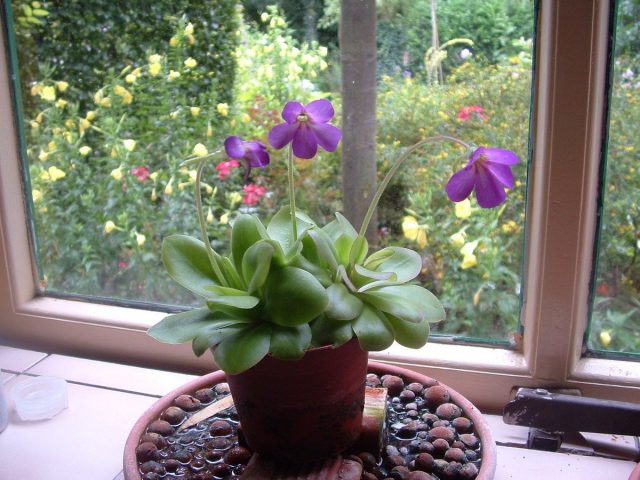
Method of nutrition:
The food of zhiryanka is simpler than that of sundews. The surface of their leaves is sticky, covered with glands, some of which produce sugar to attract insects, while others produce digestive enzymes to digest them. For small insects, the sticking effect is sufficient. If the prey is large, the fat can roll its leaf a little (but not completely, as the sundew does).
Ecology and distribution:
They grow in swampy meadows and swamps.
The natural range of the species is Eurasia.
It is included in the Red Data Book of the Chelyabinsk Region (2005) as an endangered species. Due to the weak ecological plasticity and low competitiveness of the species, due to drainage of swamps, peat extraction, moss harvesting by the population. Also included in the 1st and 2nd editions of the Red Book of Belarus (1981, 1993). It is under protection in Lithuania, Ukraine, Poland and Latvia.
Using:
Some species are used as houseplants.

